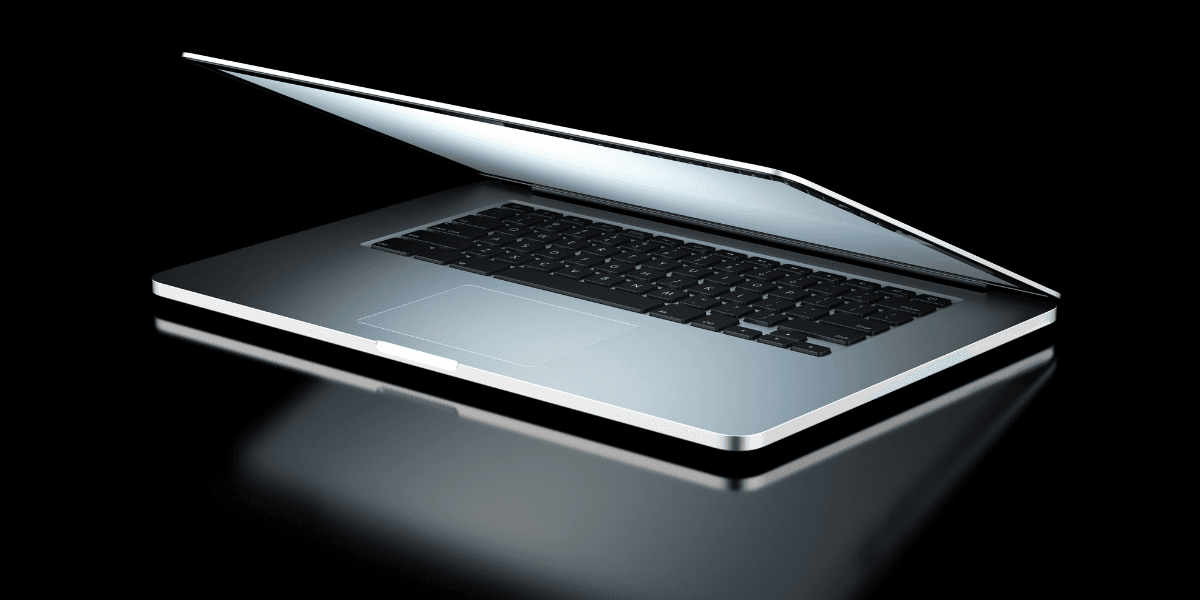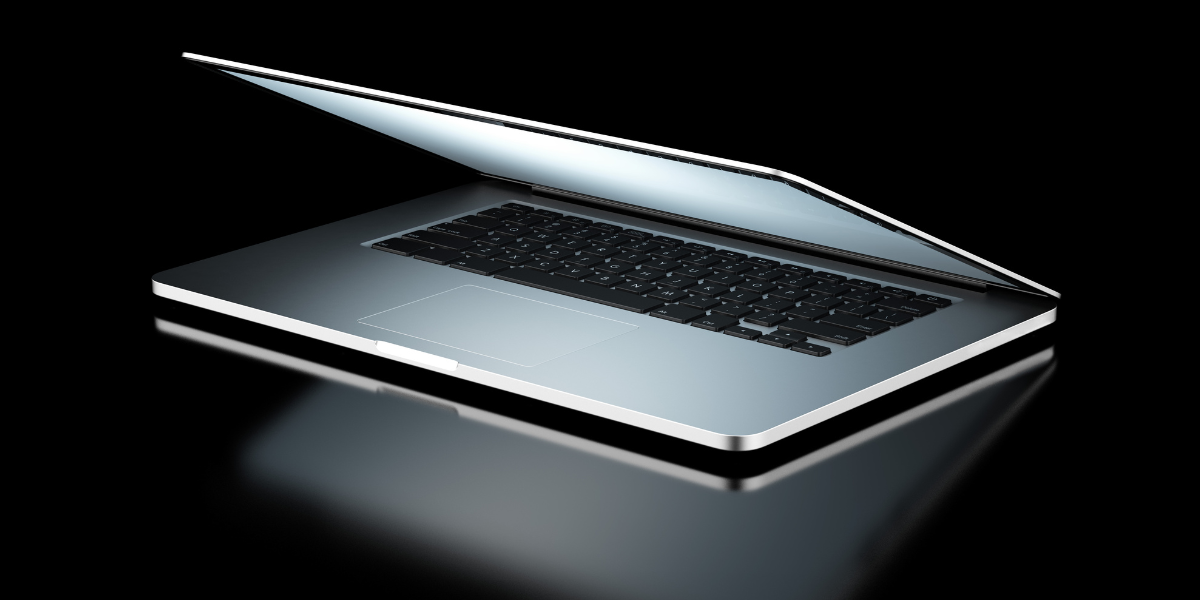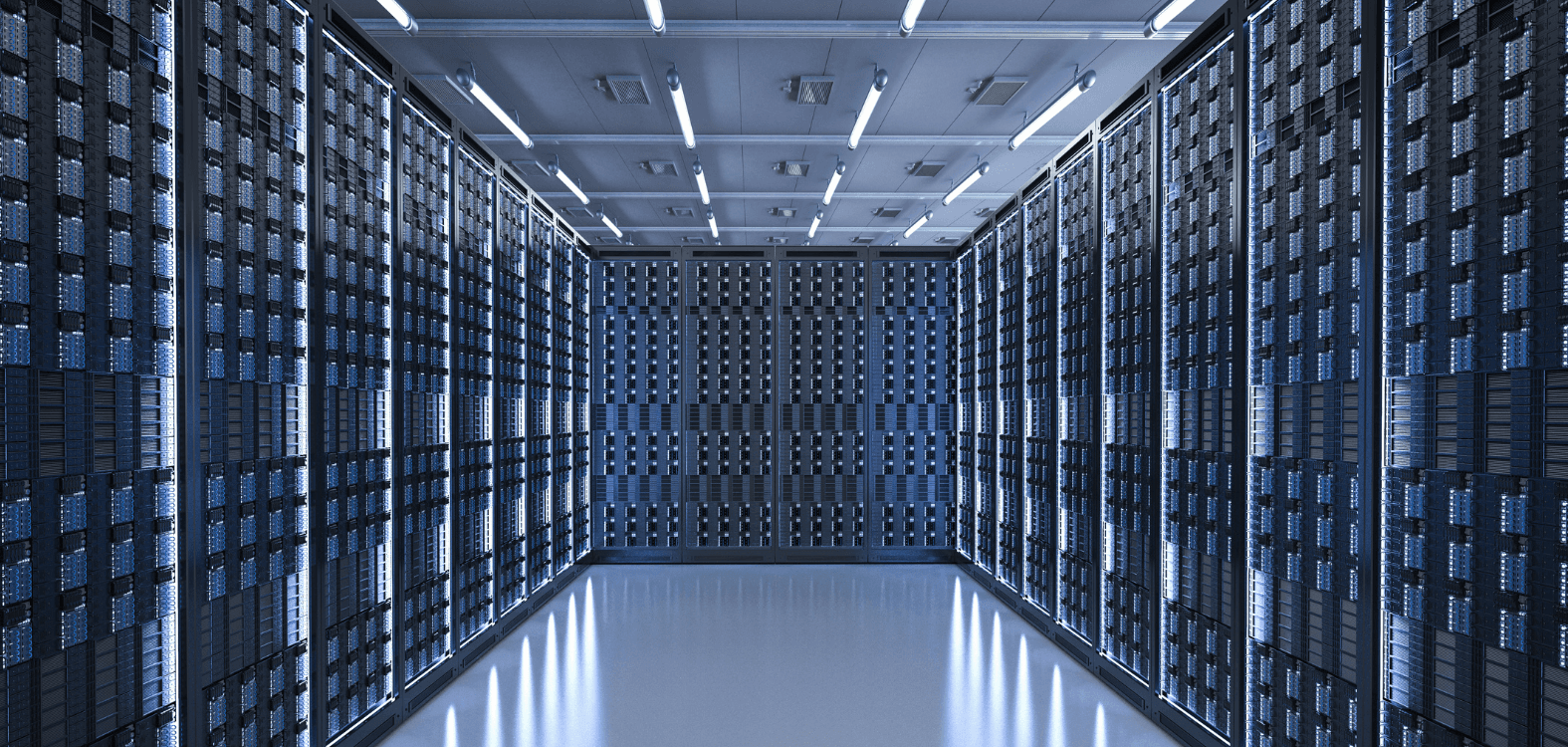The laptop market has exploded into a bewildering array of options, from ultralight productivity machines to gaming powerhouses that could double as space heaters. Whether you're a creative professional juggling multiple projects, an entrepreneur building the next big thing, or simply someone who wants technology that enhances rather than hinders your daily workflow, choosing the right laptop requires cutting through marketing noise to focus on what truly matters for your unique needs.
1. Define Your Digital Lifestyle First
Before you fall in love with sleek designs or impressive spec sheets, take a honest inventory of how you actually use technology. Your laptop choice should mirror your work patterns, not your aspirations. Do you find yourself constantly moving between coffee shops, client meetings, and co-working spaces? Or does your machine primarily live on a desk, serving as a productivity command center?
Consider the rhythm of your typical workday. Are you someone who opens fifteen browser tabs while simultaneously running design software, or do you prefer focused, single-task workflows? The difference between these patterns dramatically impacts what type of processing power, memory, and battery life you'll actually need versus what sounds impressive on paper.
Think about your creative and professional evolution over the next three to four years. The laptop you choose today should grow with your ambitions, not become a limitation that forces premature upgrades when your projects become more complex or your business expands.
2. Processing Power That Matches Reality
The processor debate often gets bogged down in technical jargon, but the real question is simpler: what kind of thinking does your work require from your machine? For most knowledge workers, creative professionals, and entrepreneurs, modern mid-range processors handle daily tasks with ease. The latest Intel Core i5 or AMD Ryzen 5 chips offer more than enough power for document creation, web browsing, video calls, and light creative work.
However, if your work involves video editing, 3D rendering, software development with large codebases, or running multiple virtual machines, stepping up to i7 or Ryzen 7 processors makes sense. These chips don't just work faster—they work smarter, managing complex tasks without the frustrating slowdowns that break your creative flow.
Apple's M-series chips deserve special mention for their efficiency. They deliver impressive performance while maintaining battery life that can genuinely last a full workday. For creative professionals working within Apple's ecosystem, these processors often provide the best balance of power and portability.
3. Memory and Storage Strategy
RAM and storage work together as your laptop's short-term and long-term memory systems. For most professional use cases, 16GB of RAM has become the sweet spot—enough to handle multiple applications smoothly without the premium cost of 32GB configurations. This amount allows comfortable multitasking between productivity apps, creative software, and the inevitable collection of browser tabs that accumulate throughout the day.
Storage strategy depends heavily on your workflow and cloud integration habits. A 512GB solid-state drive (SSD) provides ample space for most users, especially those who leverage cloud storage for file management. SSDs dramatically improve boot times, application loading, and overall system responsiveness compared to traditional hard drives.
Consider your file management personality. Do you hoard every project file locally, or do you maintain lean local storage with cloud backups? Heavy creative files, extensive photo libraries, or large development environments might push you toward 1TB configurations, but many professionals find that thoughtful file organization and cloud integration make smaller drives perfectly adequate.
4. Display Quality That Inspires
Your laptop screen serves as the primary interface between your ideas and their digital expression. For creative professionals, color accuracy and screen real estate directly impact work quality. Look for displays with at least sRGB color space coverage, and consider Adobe RGB support if your work involves print design or professional photography.
Screen size involves trade-offs between productivity and portability. The 13-inch form factor maximizes portability while providing adequate workspace for most tasks. Moving to 15 or 16-inch displays expands your visual canvas but adds weight and reduces battery life. Some professionals find that a smaller laptop paired with an external monitor for desk work offers the best of both worlds.
Resolution matters, but don't get caught up in pixel-counting competitions. Modern 1080p displays on quality laptops look crisp and clear, while 4K screens on smaller laptops often require scaling that negates the resolution advantage. Focus on overall display quality, brightness, and color accuracy rather than pure pixel density.
5. Battery Life Versus Performance Balance
Battery anxiety remains one of the most common laptop frustrations, but realistic expectations help guide better choices. Manufacturer battery life claims often assume ideal conditions that rarely match real-world usage patterns. Look for laptops that deliver 6-8 hours of actual work time under your typical usage conditions.
Consider how battery life integrates with your daily routine. If you primarily work from locations with reliable power access, prioritizing performance over battery life might make sense. However, for digital nomads, frequent travelers, or anyone who regularly works in unpredictable environments, longer battery life becomes a crucial productivity factor.
Battery technology continues evolving, with newer processors delivering better power efficiency. Fast-charging capabilities can also mitigate shorter battery life by allowing quick top-ups during coffee breaks or brief meetings. Some laptops can charge to 50% capacity in 30 minutes, making strategic charging a viable workflow element.
6. Build Quality and Keyboard Comfort
Your laptop's physical design impacts daily comfort and long-term durability in ways that specifications can't capture. A well-built laptop feels solid and confident in your hands, with minimal flex in the screen and chassis. This build quality translates to better component protection and longer overall lifespan.
Keyboard comfort becomes critically important for anyone spending significant time typing. Key travel, tactile feedback, and layout all contribute to typing comfort and speed. If possible, spend time typing on potential laptops before purchasing. Pay attention to key spacing, the feel of common keys like spacebar and enter, and whether the keyboard layout matches your typing habits.
Trackpad quality varies dramatically between manufacturers and models. A responsive, accurate trackpad with proper palm rejection can eliminate the need for an external mouse in many situations. Look for trackpads that support multi-finger gestures and feel smooth under your fingertips during extended use.
7. Connectivity That Matches Your Ecosystem
Port selection reflects how you'll integrate your laptop into your broader technology ecosystem. USB-C ports offer versatility and future-proofing, supporting everything from charging to external displays to high-speed data transfer. However, consider your current peripherals and accessories—you might need traditional USB-A ports, HDMI outputs, or SD card readers for seamless workflow integration.
Think about your typical work setup. Do you frequently connect to external monitors, transfer files from cameras or other devices, or use wired internet connections? Some ultralight laptops sacrifice ports for thinness, requiring dongles or hubs that add complexity and potential failure points to your setup.
Wireless connectivity increasingly matters as much as physical ports. Look for Wi-Fi 6 support for faster, more reliable internet connections, especially in crowded network environments. Bluetooth compatibility with your existing headphones, mice, and other accessories ensures smooth integration into your current workflow.
8. Operating System Philosophy
The operating system choice reflects deeper questions about how you prefer to work and what software ecosystems support your professional needs. Windows offers maximum software compatibility and hardware choice, making it ideal for users who prioritize flexibility and broad application support.
macOS provides a more curated experience with excellent integration across Apple devices. For creative professionals working with industry-standard software like Final Cut Pro, Logic Pro, or those embedded in Apple's ecosystem, macOS often provides the smoothest workflow. The consistency of user interface and system behavior across Apple devices creates efficiency gains that compound over time.
Consider your existing digital ecosystem and workflow tools. Do you rely on specific software that's only available on certain platforms? Are you deeply integrated into Google, Microsoft, or Apple services? Your operating system choice should enhance rather than complicate your existing digital habits and professional requirements.
The laptop you choose becomes a daily partner in your professional and creative journey. Rather than chasing the latest trends or most impressive specifications, focus on finding a machine that disappears into your workflow—powerful enough to handle your ambitions, reliable enough to depend on, and comfortable enough for the hours you'll spend together creating, building, and exploring the possibilities that technology enables.
📚 Sources
1. Consumer Technology Association, "Laptop Purchase Behavior Study," 2023 Annual Report on Consumer Electronics Buying Patterns.
2. TechValidate Survey, "Post-Purchase Satisfaction in Personal Computing," commissioned by Dell Technologies, 2023.
🔍 Explore Related Topics












